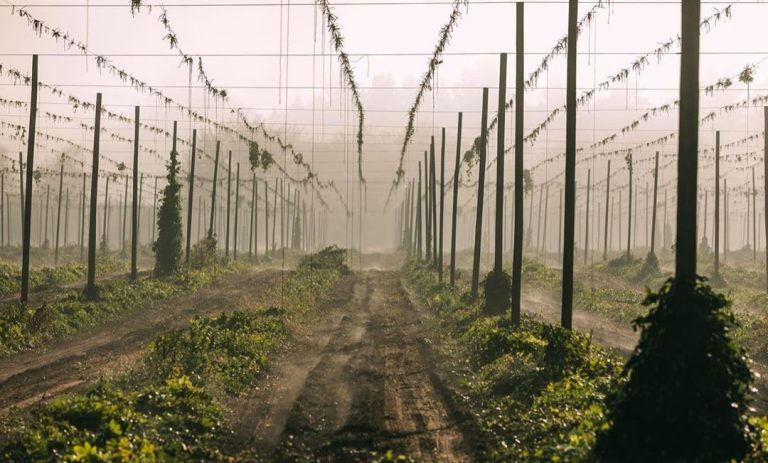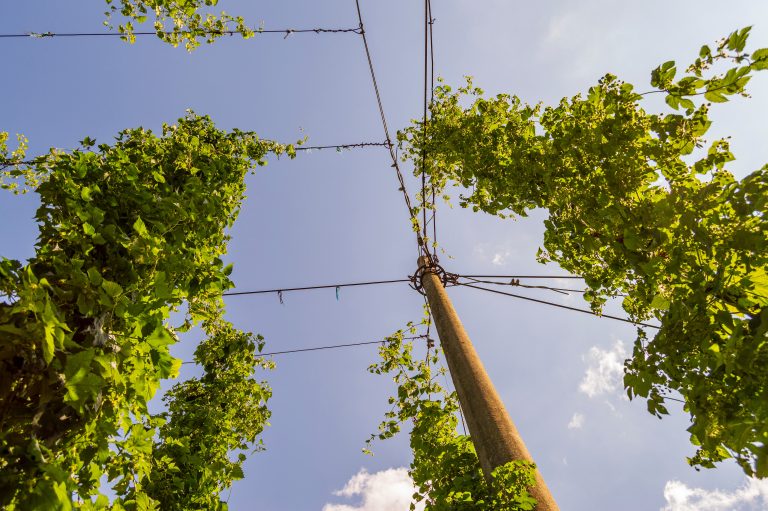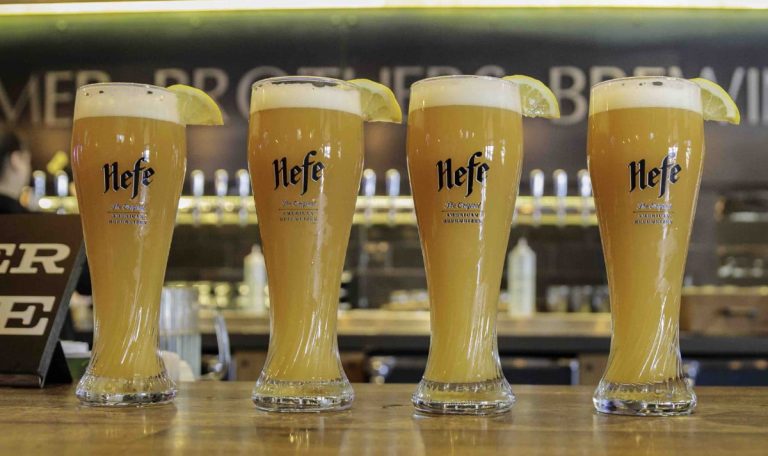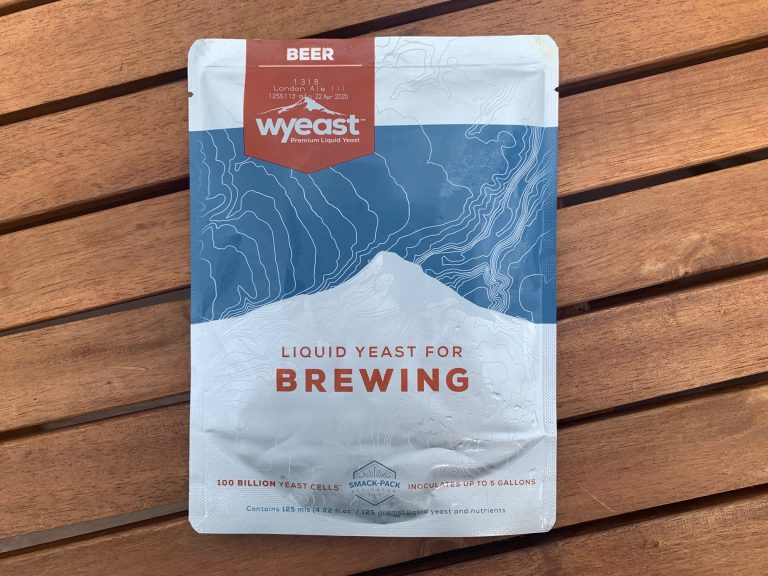Homebrewing Tips Given by The Top Brewmasters in the Country
Social media has helped the common folk interact with celebrities, politicians and athletes unlike never before. Well, at Beer Maverick, our celebrities include the brew masters from some of our favorite breweries. Trillium, Monkish, Russian River, New Belgium, The Alchemist and others. These masters at their craft have occasionally shared some of their tips with us homebrewers through social media or interviews.
We’ve gathered the best examples of these tips for you!
Trillium Brewing #1
Trillium replies to Ken’s tweet below with some awesome tips. They suggest to mash low (150° F), add 90% of the hops late or dry, and to dry hop under pressure inside a corny keg. They also discuss changing the grain bill, with Trillium suggesting to use about 4% British Light Crystal malt (C15 to C20). Whoever runs Trillium social media account also mentions that about 20% of Ken’s 2-row base should be swapped for wheat malt.
You can read the full thread here.
Trillium Brewing #2
JC Tetreault, founder of Trillium popped up on a BeerAdvocate thread back in 2014 and gives tips about transferring your beer from a fermenter into a corny keg. In addition to recommending the use of a conical fermenter, he tells the forum to “make sure [the] receiving corny has been purged with CO2 and has bagged hops weighed down … to make sure the bag stays submerged. Slowly vent gas on corny to allow beer to flow in from carboy, leaving trub and yeast cake behind.”
JC also talks about transferring to the corny keg just as the krausen is falling so there’s still some yeast activity going on for biotransformation and oxygen scrubbing. He suggests purging the headspace a few times w/CO2, then put a few PSI head pressure on your keg, then holding at ~62-64° F for 4-5 days, then drop it to ~34-35° F. He says to not keep the beer any colder than that, saying “you want to keep those delicate hop aromatics/flavor compounds in suspension!”
Russian River Brewing
Vinnie Cilurzo is the founder of Russian River Brewing. He wrote in the Homebrewer’s Association about his process for brewing his infamous Pliny the Elder double IPA. In the article he mentions that while using crystal malt will add flavor and body, too much will interfere with the hop character.
Vinnie also prefers to mash at 151° F, but that is to extract more fermentables and to create a lighter-bodied beer (remember, he brews a lot of West Coast IPAs, where the body should be lighter than a hazy version). However, he says “This is of course also a personal reference; if you want more body, raise your mash temperature.”
He also says that he uses the California Ale yeast strain for all his beers and that the optimal temperature for that strain is between 66-68° F. Any higher than that, he is afraid of diacetyl.
As for dry hopping, he says that after the second dry hop, he uses CO2 to push the first dry hop back into suspension, adding that homebrewers can simply swirl the carboy a bit to get the same effect.
Monkish
Monkish Brewing cofounder Henry Nguyen talked with Beer and Brewing and discussed some tips for homebrewers.
Henry mentions that even highly attenuated beers can feel fuller when combined with hops like Galaxy and Citra. However, he says of “a beer that doesn’t attenuate as much—let’s say we went Mosaic, Amarillo, El Dorado—it has a different feel. It’s all perceived juiciness.”
A slow cold crash is helps most due to the time involved. Henry says that he tries to get as much yeast and hop particulate to settle out as possible. “We go through a pretty slow crashing after the beer is done dry hopping,” adding that he wants it to “sit as long as possible, let it kind of mellow out.”
With regard to dry hopping, he prefers to do it after fermentation is done. He adds “We found that if we dry hop early, with how we treat the beer, it tends to be a more muddled beer.”
The Alchemist
John Kimmich, owner of The Alchemist is on a few YouTube videos talking about various topics that can morph a great homebrewed beer into a legendary one.
In this video, John talks about his Conan yeast – which is not his strain – and how its flavor profiles ebb-and-flow throughout generations. He said that for example, the apricot flavor will disappear after 12 or so generations of the yeast, then re-appear later on down the line. However, in order to keep his brews consistent, he caps all his yeast generations at 10 now. Once the yeast generation has hit that amount of uses, he will reorder. He does think that generations 2-10 are better than the first… so think about that next time you open your a liquid pack of yeast.
John also says that pH levels make so much difference in the final beer. He suggests hitting 5.1 – 5.3 pH levels in your mash, using lactic acid as needed to get there. John also mentions that lower pH is easier to recover from than higher pH levels.
New Belgium
Andy Mitchell (brewer) and Nic (social media) from New Belgium did an AMA on Reddit back in 2014 on /r/Homebrewing and they were asked a ton of questions. Nic talked about how racking into a secondary is not necessary, but that he does if he dry hops or if the beer is planning on sitting in the fermenter for a long period of time.
They also talked a bit on the benefits of step mashing and the decreased need for more than one rest in mashing due to the very well modified grains that are available today.
Stone Brewing Co.
Greg Koch and Steve Wagner, the two co-founders of Stone Brewing in San Diego, CA wrote a book back in 2011 called The Craft of Stone Brewing Co..
The publisher has a page listing some interesting excerpts from the book, and it actually ends up being a perfect primer for anyone looking to understand the science of beer making easily.
One of the things I learned from the page was about open fermentations… which are… well, let’s let Greg and Steve tell you since I can’t explain it any better:
Spontaneous fermentation, in which the wort is exposed to the environment in large, shallow, open vessels known as coolships, allows whatever microorganisms are present in the air to “infect” the wort. Leaving the fermentation up to airborne yeast can be risky business, but in breweries with a long tradition of making such beers, the house yeast strains wafting about are actually fairly dominant and do a good job of keeping out rogue yeasts and bacteria that would otherwise spoil our fair beverage.
Steve Wagner & Greg Koch






